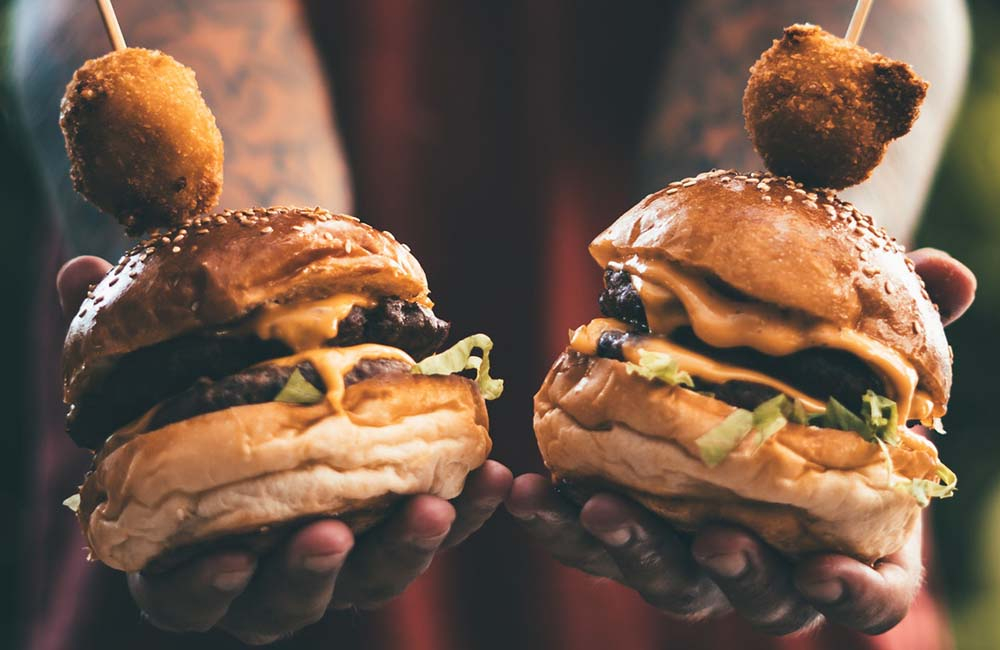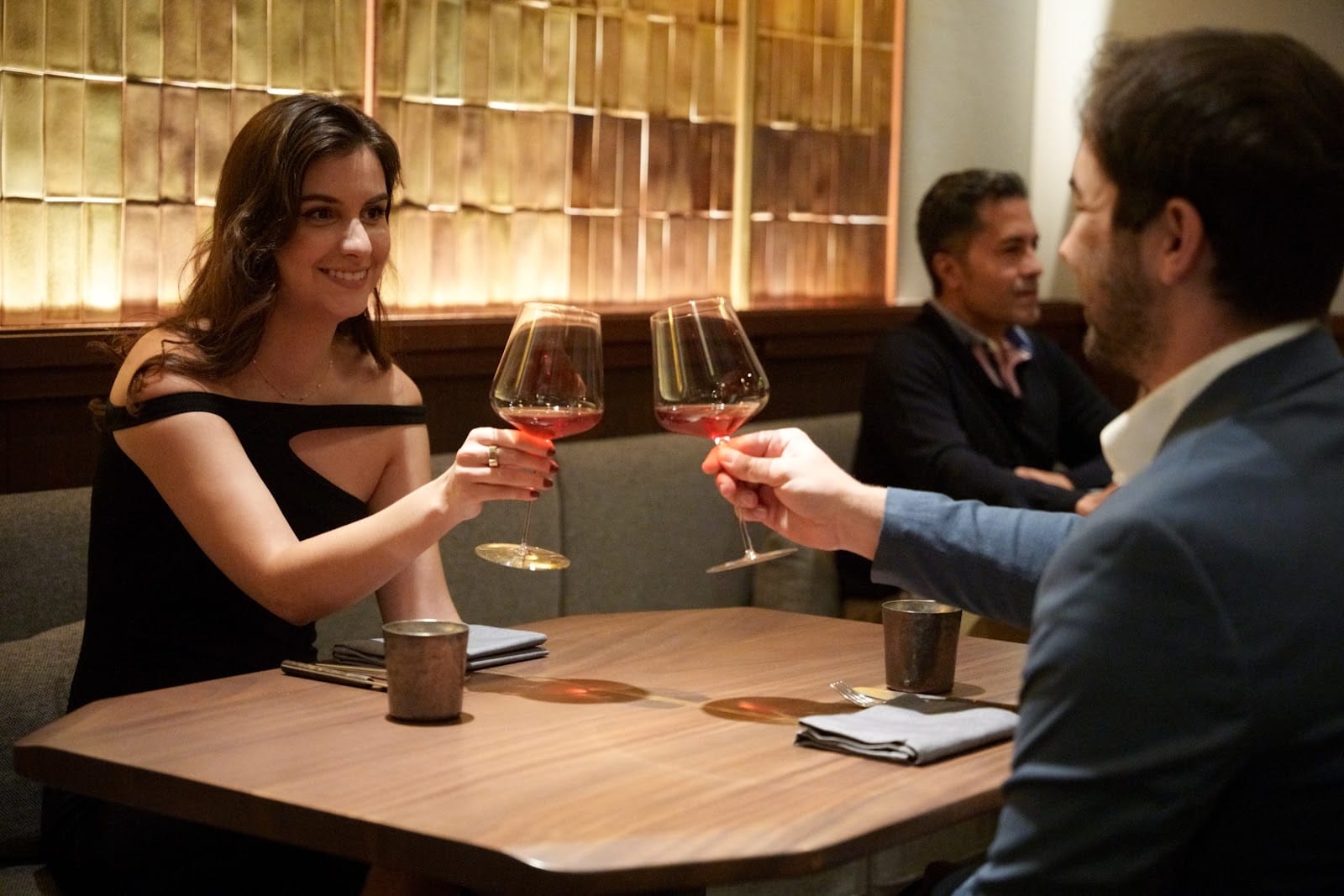When it comes to restaurant reviewing, evaluating fine dining establishments versus casual eateries requires a nuanced approach. Each type of restaurant has its own set of expectations and standards, making it essential to consider the context of the dining experience. Here’s a practical comparison guide to help differentiate the two and evaluate them effectively.

1. Ambiance and Atmosphere
Fine dining establishments often prioritize creating an upscale, elegant atmosphere. This includes luxurious décor, sophisticated lighting, and a focus on comfort and privacy. The setting is designed to enhance the overall dining experience, often with quiet, intimate settings, and impeccable attention to detail.
On the other hand, casual eateries focus on a more relaxed and comfortable atmosphere. The décor is typically simpler, with an emphasis on functionality rather than elegance. Casual restaurants aim to create a welcoming environment for a variety of customers, often with more lively energy and a focus on convenience.

2. Menu and Food Quality
Fine dining menus are usually curated to provide an exceptional gastronomic experience. Ingredients are often high-end or rare, with dishes that showcase technical skills and creativity. The food is meticulously prepared, with an emphasis on presentation, technique, and balance. Portion sizes tend to be smaller, but each dish is crafted to deliver a memorable taste experience.
In casual eateries, the menu is typically more extensive and centered around comfort food or local favorites. While the quality may vary, the focus is often on hearty, satisfying meals that are accessible and familiar. The emphasis is on taste and practicality, with larger portion sizes and a greater variety of choices to cater to different preferences.

3. Service and Staff Interaction
In fine dining, service is a key aspect of the overall experience. Waitstaff are often highly trained professionals who understand the intricacies of wine pairings, menu offerings, and customer needs. The service is attentive but unobtrusive, with multiple courses being presented in a structured, well-timed manner. Every detail, from the initial greeting to the farewell, is part of the carefully curated experience.
Casual eateries usually offer a more laid-back style of service. Staff are often friendly and approachable, with a focus on efficiency rather than formalities. While the service is typically good, it’s less polished compared to fine dining and focuses on creating a comfortable and casual atmosphere where guests can feel at ease.

4. Price and Value for Money
Fine dining establishments come with a premium price tag. The cost reflects not only the quality of the food but also the overall dining experience, including service, ambiance, and sometimes exclusivity. Diners are often willing to pay a higher price for this experience, as they expect something unique and unforgettable.
Casual eateries, in contrast, are typically more affordable, offering a wide range of options that cater to various budgets. The focus is on providing great value for money, with portion sizes and pricing aligned with the expectations of a more relaxed dining environment.

5. Overall Experience and Expectations
In fine dining, the goal is to deliver an exceptional, memorable experience that justifies the higher cost. From the ambiance to the food, service, and presentation, everything should work in harmony to elevate the dining experience.
Casual eateries focus on providing a satisfying and enjoyable meal without the formalities of fine dining. The goal is to offer a welcoming, stress-free environment where diners can enjoy tasty food at a reasonable price.
When evaluating these two types of dining experiences, it’s important to keep the context in mind. Fine dining emphasizes precision, elegance, and luxury, while casual eateries focus on comfort, accessibility, and value for money. Both can provide excellent experiences, but they cater to different expectations and needs.

